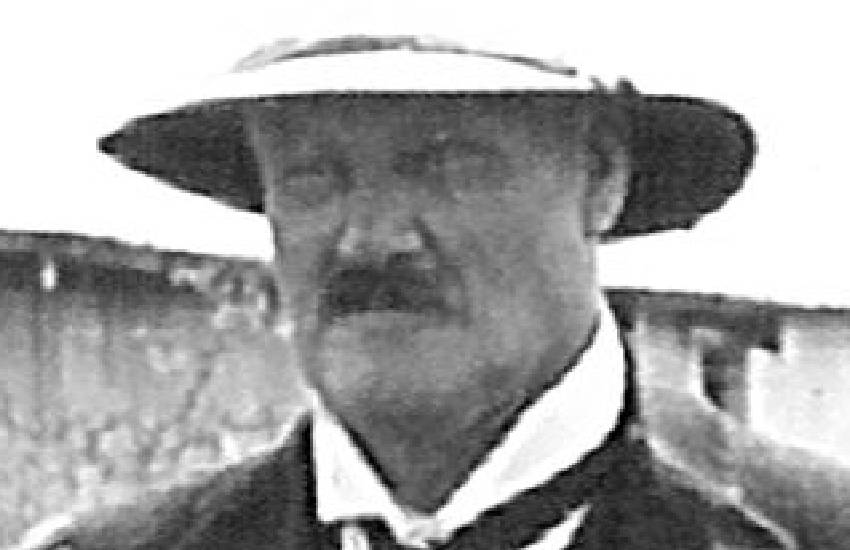
The carriage, drawn by a thoroughbred horse, signifies power and tells the story of a century gone by. At the time Kenya had not been conceived as a country and was being governed as a protectorate by the Imperial British. The coachman, in the vintage garb, ensured that his highness, James Hayes Saddler, arrived at Government House in Mombasa (what is now State House) without any hitches.
Saddler was then president of the parchment known as East African Protectorate when this picture was taken in March 1906. He was about three months old as a governor, having been appointed on December 12, 1905. His successor, Donald William Stewart, had died in office on October 1, 1905. Ironically, he died 19 days before the man who had rebelled against the mighty Britain and derailed their pet project, the construction of the railway for the Lunatic Express, had been treacherously killed.